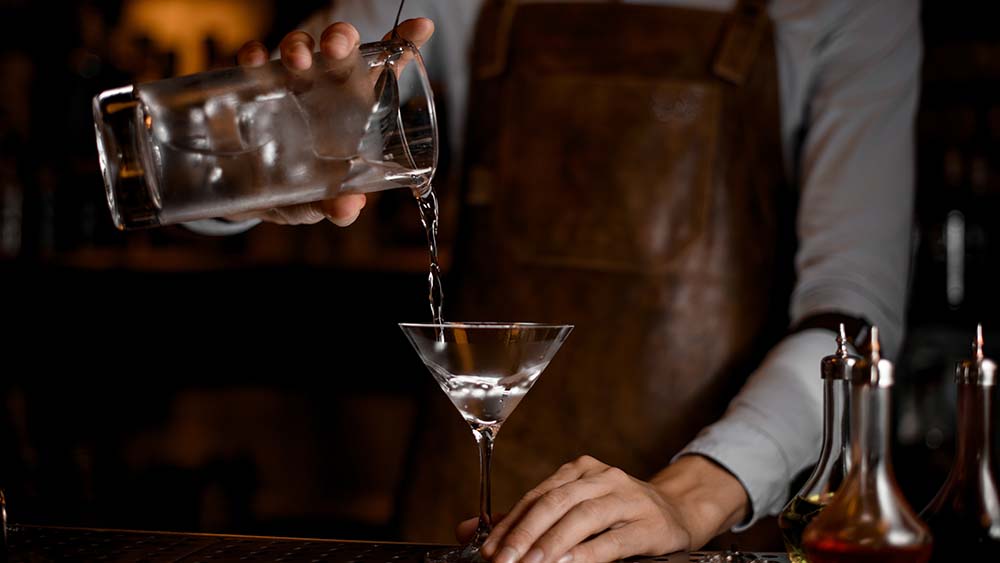22/05/2024
How is Gen Z approaching beverage alcohol?
IWSR data shows that a significant proportion of LDA Gen Z consumers are now avoiding alcohol altogether, although there are wide variations between countries
Younger, legal-drinking aged Gen Z consumers increasingly enjoy a very different relationship with alcohol versus older age cohorts, exhibiting rising levels of abstention, moderation, experimenting with new categories, and turning away from traditional, high-volume categories.
Latest data from Bevtrac, IWSR’s ongoing consumer tracking, suggests that, in some key markets, a significant proportion of younger LDA (legal drinking age) consumers are now avoiding alcohol altogether, although there are wide variations between individual countries.
Among 15 key markets (Australia, Brazil, Canada, China, France, Germany, India, Italy, Japan, Mexico, South Africa, Spain, Taiwan, UK, US), Japan shows the highest level of abstention among Gen Z (aged 18-26) consumers, with 63% claiming not to have drunk alcohol in the past six months – followed by the US at 54% and Canada at 44%.
In all three cases, levels of abstention are higher than among the total adult population in their overall markets, although Gen Z consumers are underrepresented in the US and Canada because of the higher legal drinking age thresholds.
“A surprisingly large proportion of younger LDA+ communities are now claiming that they abstain from alcohol altogether,” says Richard Halstead, COO Consumer Research, IWSR. “This is particularly true in Japan and North America, but the moderation trend is also prevalent in other markets across Europe, Asia and Australasia.”
"A surprisingly large proportion of younger LDA+ communities are now claiming that they abstain from alcohol altogether"
| Richard Halstead, COO Consumer Research
Meanwhile, the Gen Z consumers who do participate in the beverage alcohol category are increasingly changing the way in which they interact with alcohol. In particular, they are underrepresented in traditional, high-volume categories such as beer and wine, and over-represented in RTDs (especially in the US and Canada), white spirit-based cocktails, liqueurs (particularly in Spain) and aperitifs.
IWSR’s consumer tracking also shows that younger adult drinkers are now the key drivers of cocktail culture in markets with the highest penetration of cocktail consumption, such as India, Mexico, South Africa, Brazil, the US and Italy.
Unlike Millennials – who display a tendency to experiment with whisky-based mixology – Gen Z consumers currently show a stronger preference for white spirit-based cocktails.
Beyond these general global trends, Gen Z preferences are nuanced by region and market.
In the US and Canada, for example, Gen Z is underrepresented due to the higher legal drinking age threshold and lower participation levels in beverage alcohol. However, in both markets, Gen Zs have been buying less alcohol in terms of recalled volume momentum, although in the US they state that they are spending more when they do make a purchase.
In Europe, the trends are relatively disparate, but all major markets show reduced momentum in terms of recalled volumes for Gen Z consumers, with recalled spend up in France, Germany and Italy; neutral in Spain; and down in the UK. In the UK, the only positive movement is reported for up-tempo social drinks, such as Champagne and vodka. Other trends include trading up in sparkling wine in France and Germany, and isolated pockets of expansion such as beer in Germany and RTDs in France.
In Asia, Gen Z behaviour is more closely aligned with that of the overall markets, with increased recalled volume and spend across China, India and Taiwan. In China, Gen Z consumers are drinking more beer, plum wine, huangjiu (rice wine), grape-based wine and US whiskey, but are showing signs of withdrawing from the baijiu category; recalled spend is up, except for beer, where it is flat.
“It is worth noting that it is very early days for Gen Z drinkers in the beverage alcohol market, and close monitoring of their behaviour over time will be required to see how their tastes evolve,” comments Halstead. “However, some of their behaviours – reduction in alcohol quantity consumed, preference for cocktails and premium beverages – is also apparent in the preceding generation known as Millennials (aged from their late 20s to early 40s).”
Broadly this points to an emerging world in which beverage alcohol producers will likely be more reliant on premium, must-have beverages, including those with low or zero alcohol in them, delivered in memorable settings and/or packaging. The corollary will be that beverage alcohol businesses will likely be less able to make commercial returns from low-value mass market products, unless they are the lowest cost producer and/or have a strong market presence with older, legacy audiences.
The above analysis reflects IWSR data from the 2023 data release. For more in-depth data and current analysis, please get in touch.
CATEGORY: All | MARKET: All | TREND: All, Convenience, Innovation, Moderation, Premiumisation |
Interested?
If you’re interested in learning more about our products or solutions, feel free to contact us and a member of our team will get in touch with you.




